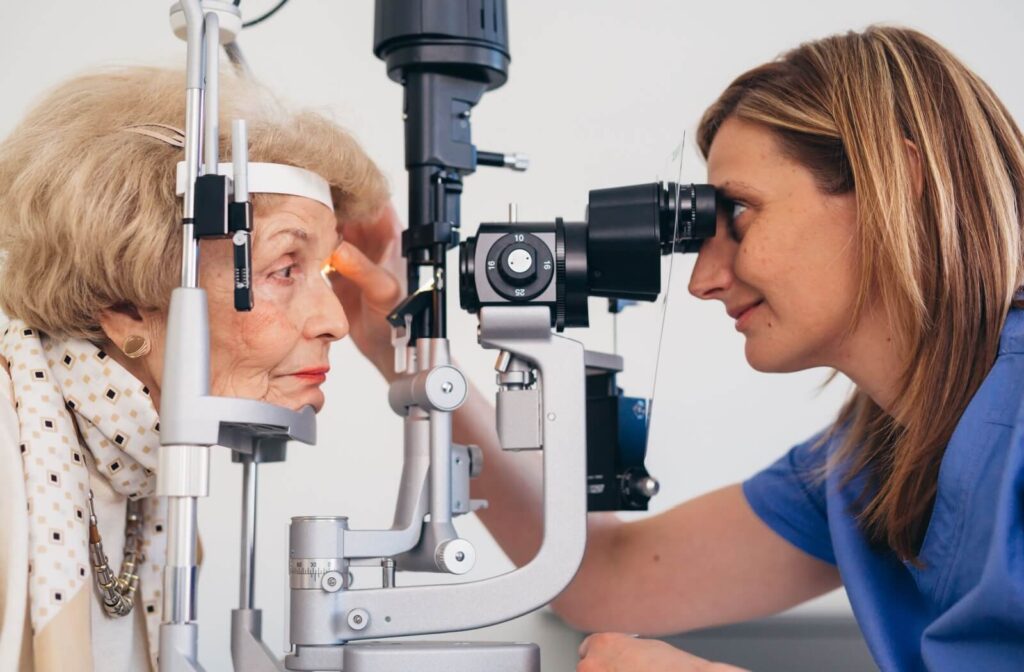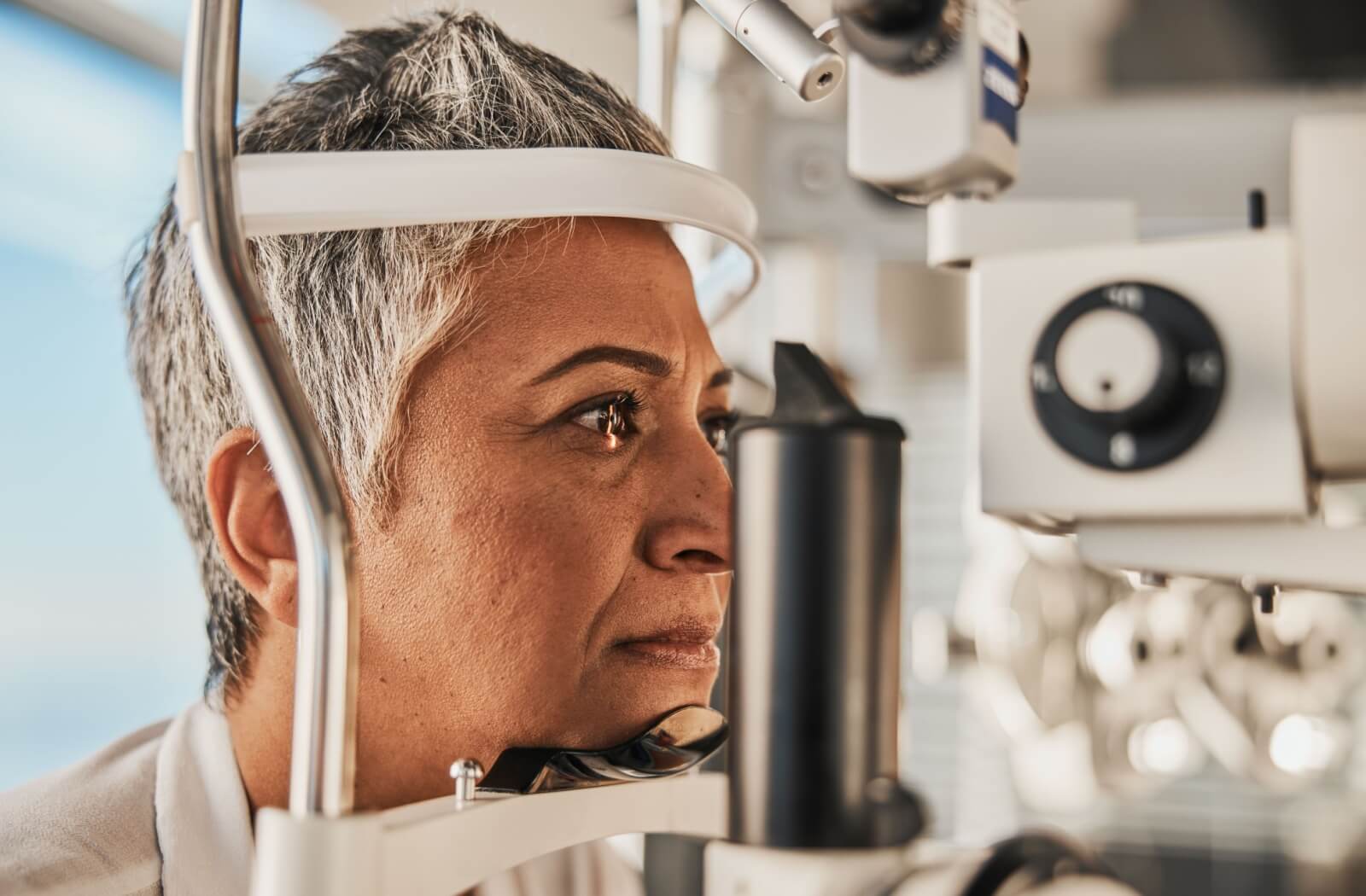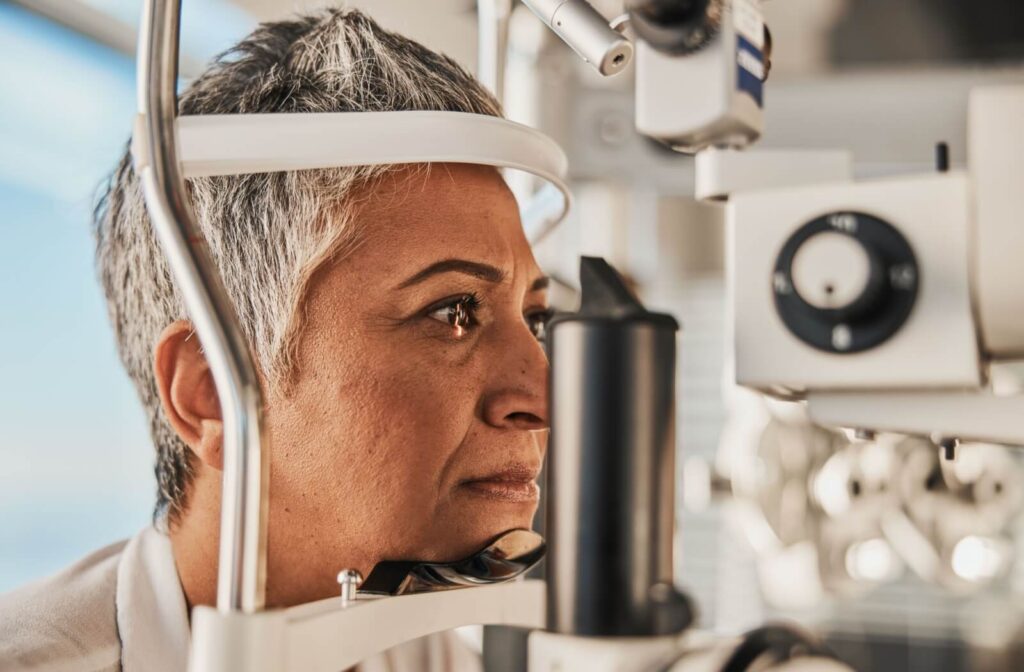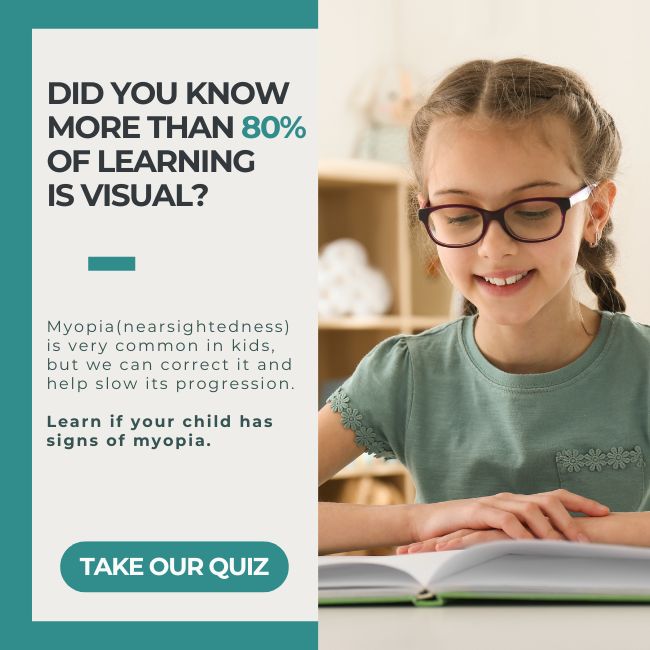Glaucoma is one of those conditions that sneaks up on you quietly. It doesn’t always exhibit obvious signs right away, however, without early intervention, it can quickly lead to permanent vision loss. That’s why knowing what to look for is important—as is knowing when it’s time to see a professional.
The first sign of glaucoma is often a slow loss of your peripheral vision. This gradual change happens so subtly that it may go unnoticed until it starts affecting your day-to-day life. Eventually, the condition worsens, and without professional care, it steals more of your vision.
What Is Glaucoma, Exactly?
Glaucoma isn’t just one condition. The term refers to a group of eye disorders that damage the optic nerve—the nerve responsible for transmitting visual information to your brain—as a result of high internal eye pressure (intraocular pressure).
Our eyes rely on a delicate balance of fluid production and drainage to maintain healthy pressure levels. When this fluid doesn’t drain properly, it builds up and pushes too hard on the inner structures of the eye. Over time, this pressure causes permanent vision loss.
The Long-Term Risk of Glaucoma
The tricky part about glaucoma is that it usually develops slowly, without noticeable symptoms. By the time you notice vision changes, damage has often already been done. This is why routine eye exams are key to identifying problems before they escalate.
Glaucoma’s most serious consequence is damage to the optic nerve. This restricts your ability to see, especially around the edges of your vision. Once the nerve is damaged, it cannot heal itself.
As a consequence, vision loss caused by glaucoma is irreversible. Catching the condition early is the easiest way to preserve vision and quality of life.
What Are the Different Types of Glaucoma?
Glaucoma can be broken down into several different types, with these 5 being the most common.
Open-Angle Glaucoma
This is the most common form of glaucoma. Open-angle glaucoma develops slowly as the eye’s drainage canals gradually clog. Even though fluid builds up, you won’t feel pain or notice immediate symptoms.
Open-angle glaucoma is often called the “silent thief of sight” because peripheral vision starts to fade before many people realize anything’s wrong. Regular eye checks are the best way to detect this type early. If left unaddressed, the condition gradually damages more and more of your vision.
Angle-Closure Glaucoma
Angle-closure glaucoma happens very quickly and is considered a medical emergency. It develops when the drainage angle in the eye suddenly becomes blocked, causing a sharp rise in internal pressure.
If you ever notice severe eye pain, blurry vision, halos around lights, and nausea, don’t ignore them. Immediately seek emergency medical attention to prevent worsening symptoms.
Secondary Glaucoma
Secondary glaucoma develops due to another injury or condition, like eye inflammation, past trauma, or diabetes. It can also be triggered by certain medications or advanced cataracts.
Treating secondary glaucoma usually involves addressing the underlying condition that is preventing normal fluid drainage while also reducing the internal eye pressure.

Normal-Tension Glaucoma
With this type of glaucoma, you can still develop optic nerve damage even if your eye pressure is normal. Normal-tension glaucoma is complicated, and it’s not yet fully understood.
It’s often linked to family history and can be hard to spot because you won’t feel any discomfort or experience immediate changes in vision.
Congenital Glaucoma
This rare type is present from birth and is caused by a developmental issue within the drainage system of the eye. Infants or young children with congenital glaucoma may have symptoms like cloudy corneas, excessive tearing, or light sensitivity.
There is good news, though. When this condition is treated early, it’s much easier to preserve more of a child’s future vision. Children should first visit an optometrist around 6 months of age to determine how their vision is developing.
How Is Glaucoma Treated?
Treating glaucoma focuses on reducing eye pressure to prevent further damage to the optic nerve. Depending on the severity and type, several methods can be used to treat the condition.
Some common treatments include:
- Eye drops that help increase fluid drainage or reduce fluid production.
- Oral medications that work alongside eye drops to control pressure.
- Laser treatments designed to improve the drainage system in the eye.
- Surgical solutions that create new ways for fluid to drain naturally.
No matter the approach, consistent follow-ups with your optometrist are essential. Your optometrist can monitor your condition and adjust your treatment as needed.
Get Checked for Glaucoma
Glaucoma can develop so quietly that many people don’t know they have it until their vision starts to change. That’s why regular eye exams are one of the most important tools for maintaining your eye health. Glaucoma is much easier to treat when it’s caught earlier.
At Insight Eyecare, we take the time to get to know all of our patients so we can provide personalized care. If you haven’t had an eye exam in a while, or if there’s a family history of glaucoma, don’t wait to schedule your appointment. Our team is here to help you keep your vision clear, just like you deserve, so book your next appointment with us today!







